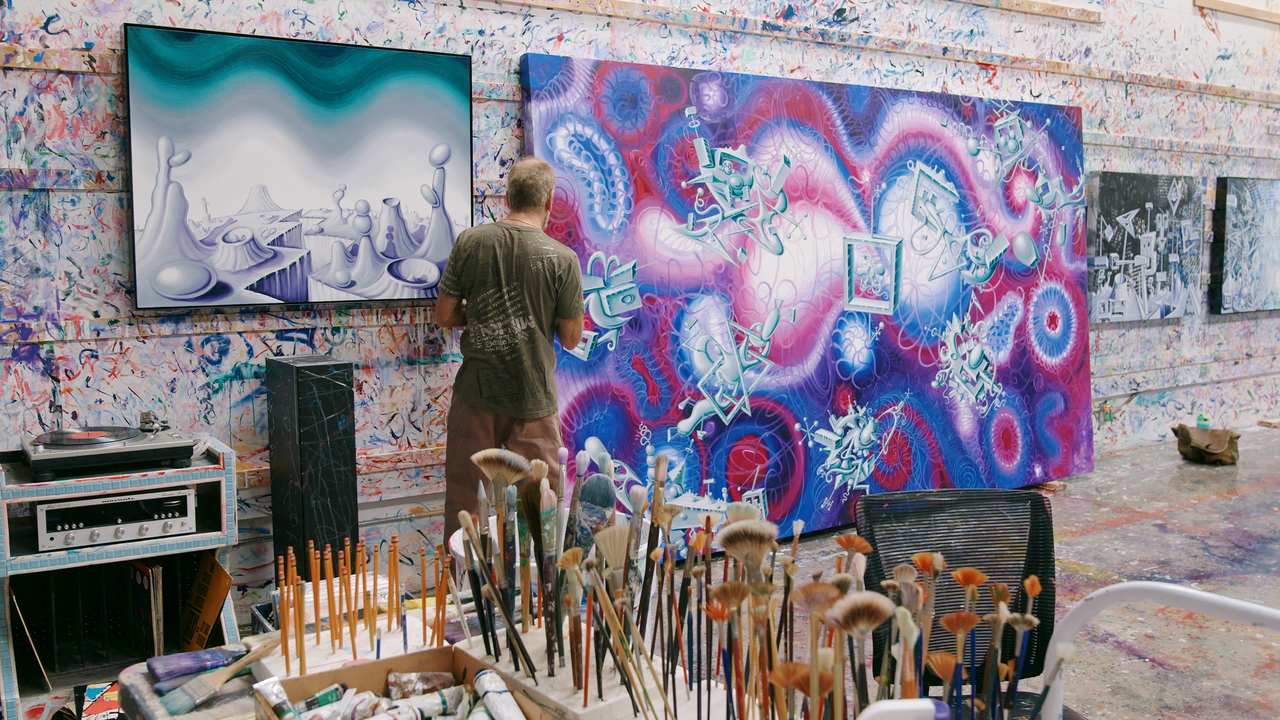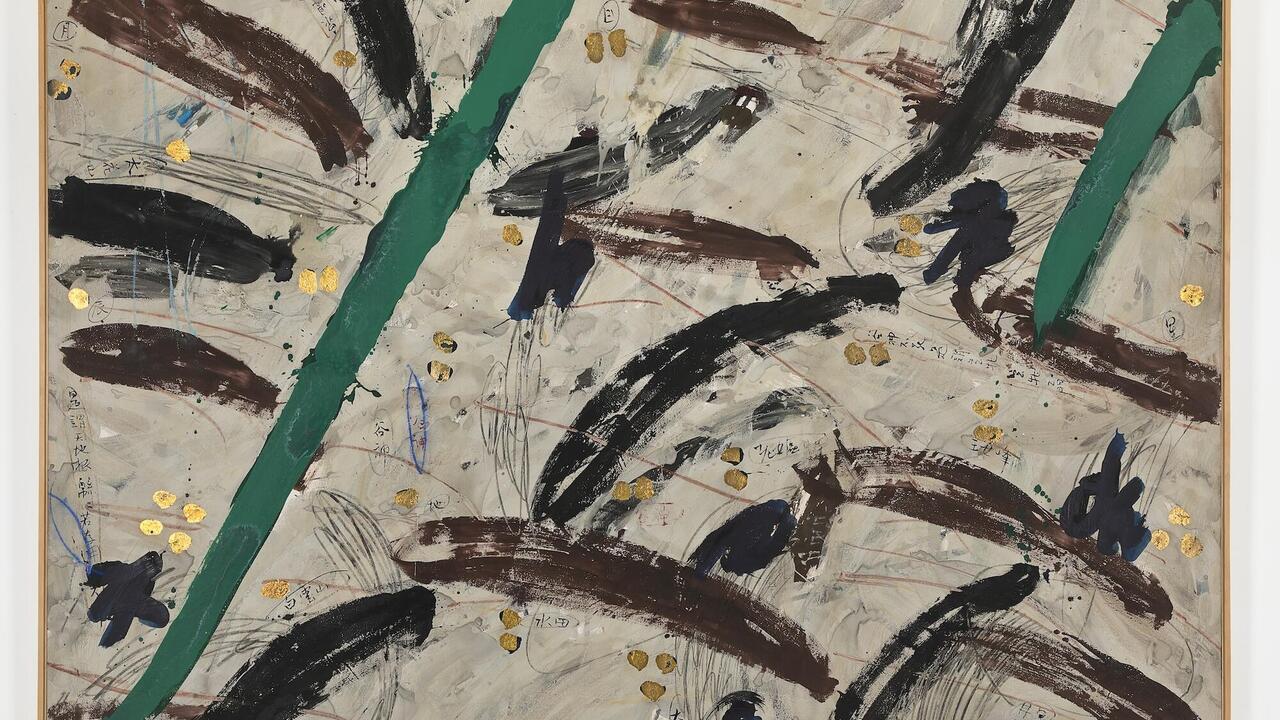Heman Chong

Heman Chong’s solo exhibition ‘Calendars (2020–2096)’ features a single project whose basic description is succinctly abridged in its title. Calendars (2020–2096) (2004–10) comprises 1,001 paper calendars, each presenting a different colour photograph of an empty public space in Chong’s native Singapore. The typical components of a calendar – the days, the month and the year – are printed simply in both English and Chinese below the image in black text on a white background. Chong arranged the calendars non-chronologically in one gallery at the NUS Museum, six-deep and edge-to-edge on a horizontal grid that wrapped itself around the walls. From afar, the individual images dissolved into an all-over pattern surrounding the viewer, striated by the thick white strips of the calendars’ sections coursing through the colourful mass. Close up, each photograph revealed a space emptied of its inhabitants or users: boutiques, terraces, washrooms, kitchens, places of transit and bars completely devoid of human presence.
Much of Chong’s work betrays a strong affinity with conceptual gestures as well as an interest in narrative possibilities, especially science fiction. Those concerns are evident in Calendars (2020–2096), but what emerges most clearly is Chong’s particularly recursive conception and representation of time. On a formal level, the project acknowledges conceptual photographic traditions, specifically through the reiteration of the displayed photographic archive and that Modernist, rationalizing trope par excellence – the grid. Looking beyond the surface, however, the project is completely saturated with competing projective, immanent and retrospective notions of time. Time first announces its presence in Chong’s title, which denotes the work’s form and content, as well as the framework of the human lifetime that it spans. His use of the photographic medium, which Roland Barthes famously described as uniquely capable of representing the past in the present and inscribing our mortality, marks yet another kind of time: its momentary seizure, which in Chong’s configuration, also becomes amplified to show the relentless passage of years. Calendars (2020–2096) deals with experiential time, too, as it physically embodies the seven years it took Chong to complete the project: his travels to his hometown, across the city during ordinary business hours, and the minutes he spent waiting for the precise moments these spaces would vacate.
From our perspective, the future represented in Calendars (2020–2096) is one in which the accumulation of empty spaces implies that some occurrence or event has led to the evacuation of these locations. If we follow the sci-fi thread, this emptiness is easily read as post-apocalyptic. Thinking about the local context, there is a chance Chong is proposing a critique of urban planning and architecture and the investment of social and public space in Singapore, an important and hotly contested topic in that city-state. It’s probably a bit of both. However, I prefer not to see these photographs as symbols of doomsday; their stillness and quiet seem rather latent with hopeful possibility. Each vacant site – a library with stacks of books ready to be plucked off the shelves, a shadow-filled terrace with enough room to sit, a warmly lit bedroom with a welcoming bed – can be seen as a space for projection, waiting to be filled with a story. There’s no rule that says those stories have to be dystopian: maybe everyone is outside protesting, or watching a bicycle race, or looking at a rainbow. A bit corny, I know. But Chong’s collection of calendars maps out an expansive visual landscape that enables the invention of all sorts of tales, even those he might not favour. Just recently the island nation of Samoa erased 30 December 2011 from the calendar and switched time zones. As far as I’m concerned, that fact trumps even some of the best science fiction.

















